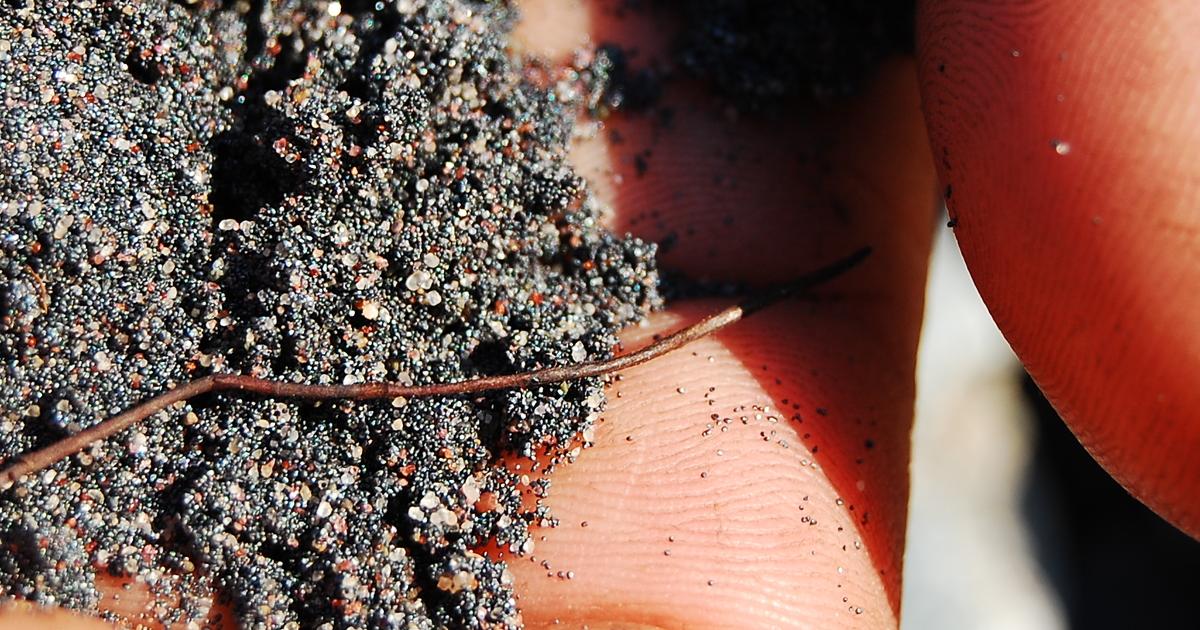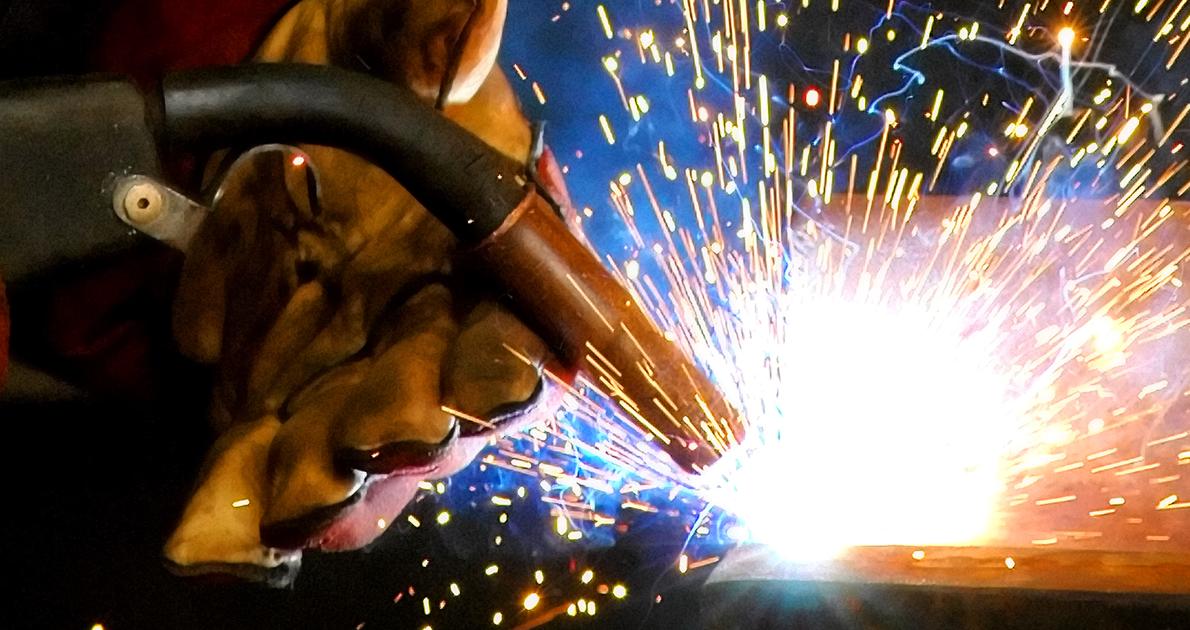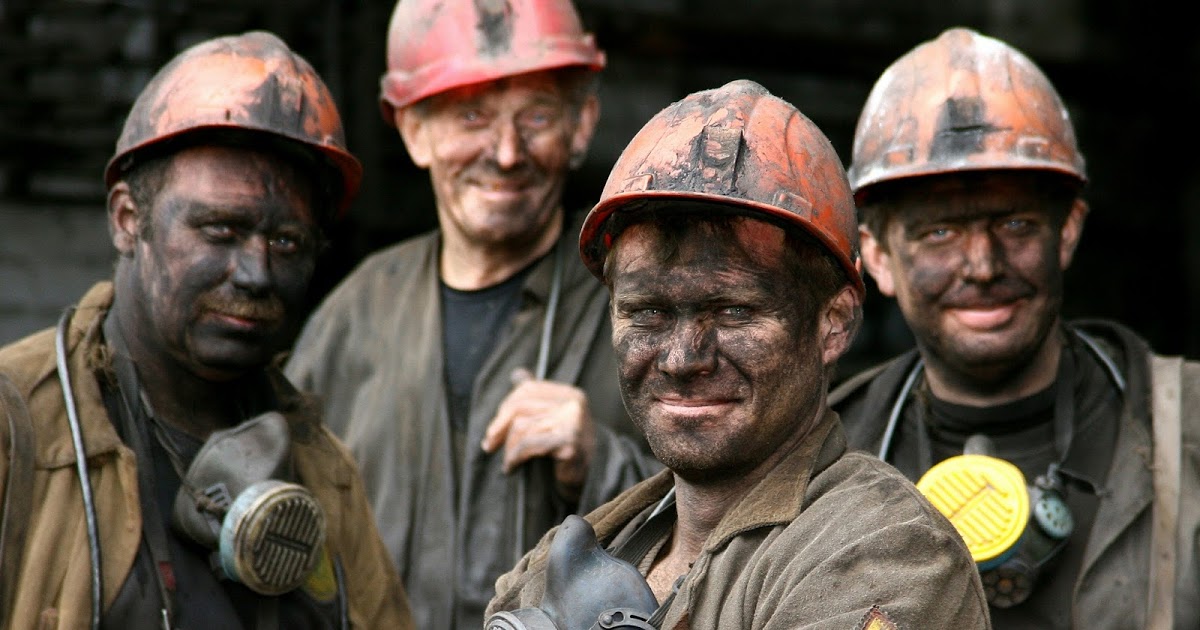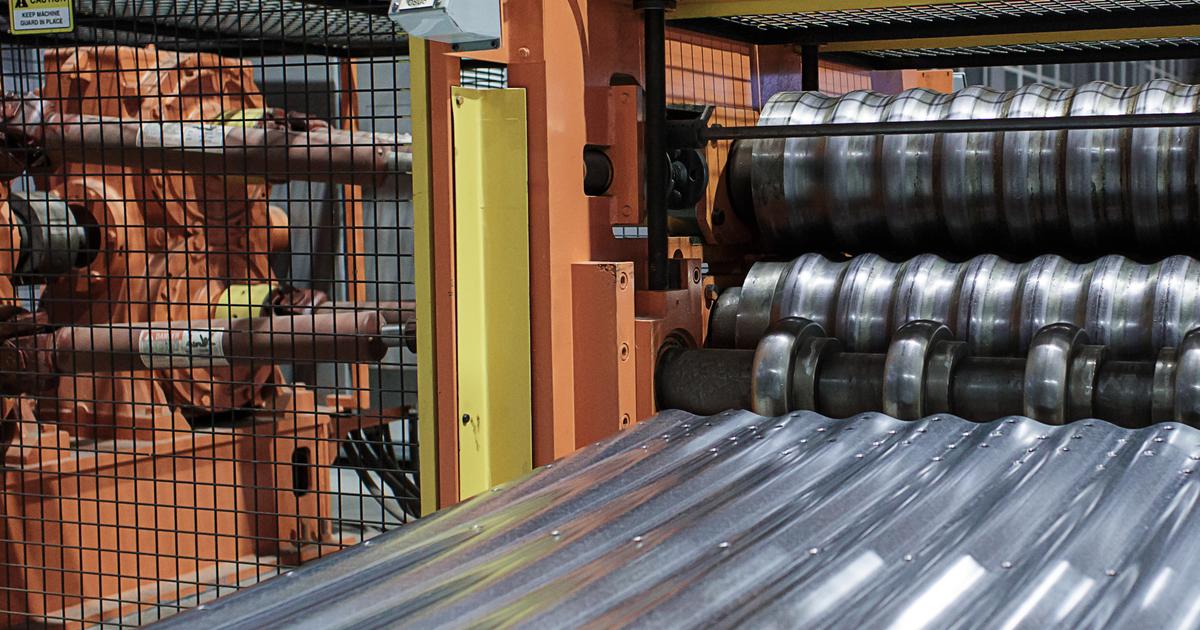What Are The Risk Factors For Siderosis?
Siderosis is a form of pneumoconiosis or lung disease caused by the inhalation of mineral and dust particles. Pneumoconiosis is subcategorized into different types characterized by the type of mineral particles that cause them. The mineral and dust particles inhaled end up settling into the individual's lungs and cause lung inflammation that leads to scarring, stiffening, and hardening of the lungs. These changes that occur in affected individual's lungs are irreversible or permanent and can cause them to have long-term general difficulty with breathing. While severe symptom manifestations of siderosis itself are generally uncommon, complications such as chronic obstructive pulmonary disease (COPD) and emphysema can produce severe symptoms. There is no cure for any forms of pneumoconiosis, but treatment can help prevent severe complications and alleviate some problematic symptoms in patients. Individuals who work in certain conditions around materials are at a higher risk of developing siderosis. Learn more now.
Exposure To Iron Oxide Dust

Individuals who work in environments where iron oxide dust is present are at a higher risk than others of developing siderosis. Iron oxide is a title used to characterize a span of numerous chemical compounds formed from oxygen and iron. The most prevalent form of iron oxide on earth is rust, which occurs when moisture reacts with oxygen and iron. Iron oxide dust is an insoluble reddish brown or crystal black powder commonly utilized in the pigments for paints within the orange, black, brown, red, and yellow range. Iron oxide dust is also used as a jewelers rouge to place the final polish on various metallic products. Iron oxide is used in the industry of technology, purification, and production of metals called metallurgy. The iron compound has to go through a number of different processes between its initial mining and the end of the factory line of whichever industry has utilized it. While all workers who come in regular contact with iron oxide particles are at a higher risk for siderosis, those who work specifically with the heating of iron-containing materials are the most susceptible.
Learn about the next risk factor linked to siderosis now.
Welding Industry

Individuals who have an occupation in the welding industry are at a high risk of developing siderosis. Welding is a process of sculpting or assembling utilized for the purpose of joining thermoplastics or metals together with the use of some form of a high-intensity heating element. The product parts are placed together and melted by the heat source, and are allowed to cool in order to produce the result of a strongly fused product. Welding is different from other kinds of temperature bonding processes such as soldering and brazing. The reason for this is because welding is a technique that completely melts the base metal, where lower temperatures used in soldering and brazing do not. Not all welding materials and processes involve exposure to iron oxide. However, all steel and iron welding processes do produce iron oxides as a contaminant of the mechanical and chemical reaction. Iron oxide fumes come in contact with individuals on a regular basis who have an occupation that involves the welding of iron-containing materials. Iron oxide fumes are a byproduct produced from the high heat applied to these substances during welding.
Continue reading to reveal more causes and risk factors of siderosis now.
Mining Workers

Mining workers are more susceptible to developing siderosis. Iron is extracted from the earth in the form of ores. Iron ores are oxide forms of iron identified by the names of hematite, magnetite, limonite, and others. Workers utilize heavy machinery to remove the surface of the ground to expose the iron ore and extract it. This process can rev up a large quantity of iron oxide dust into the air where the unprotected workers operating heavy machinery can be exposed to it. Upon removal, the ores are then crushed with more heavy machinery, which fabricates an even larger amount of iron oxide dust in the air. Although most of the heavy work of such process is done by large machinery, humans are still present and at the controls and operations of such machinery. Much of the ores are not of the best quality and are sorted out from pieces that are. While good quality pieces are shipped off to the basting furnace, the lower grade pieces have to be further crushed and undergo multiple refining processes that also emit more iron oxide microparticles into the air. When these microparticles regularly enter the lungs of mining workers, the inflammation that occurs can progress into siderosis.
Get familiar with the next industry linked to a higher risk of siderosis now.
Steel Industry

The raw form of iron is extracted from solid earth material obtained from the mining and multiple refining processes. After it has been mined and refined, it has to be reduced in a blast furnace. The iron ores are mixed with raw materials, and hot air blasted into the furnace melts it all down together. The pure iron sinks to the bottom, while the raw materials form a layer on top. This process produces iron oxide fumes that come in contact with numerous steelworkers. Workers have to separate the resulting sludge from the iron before it is sent to another facility for further processing. The iron compounds are then used in a manufacturing plant to fabricate products, often through the process of casting. Workers in the steel industry that deal with casting steel are at a higher risk of siderosis because casting involves the use of heat to melt the steel so it can be poured into a mold. Although the iron has been purified at this point, the fumes produced when the iron-containing material is heated and melted can be inhaled into an individual's lungs and cause inflammation.
Discover more siderosis risk factors now.
Iron Rolling

Individuals who have an occupation associated with iron rolling are at an increased risk of developing siderosis. Rolling in terms of the metalworking industry is a process that forms metal through the use of several pairs of rolls. The purpose of metal rolling is to give it a uniform thickness or to reduce its thickness. Metal rolling is the most prevalent method for the shaping of metals, and particularly the shaping of steel for use in numerous industries. Rolling can be done to steel with the use of cold rollers or rollers heated to increase the plasticity of the metal. The process of rolling iron causes small flake-like particles to shave off of the metal into the surrounding air and environment. Workers that facilitate this rolling process, both hot and cold, are regularly exposed to the iron dust produced from the mechanical shaping of the metal. Although environmental factors can be manually manipulated and controlled in the interior of a facility, the amount of metal processing byproduct often exceeds the ventilation and filtering ability of the commercial air systems. Unprotected workers in such professions are at a higher risk of developing siderosis because the constant exposure to steel dust causes inflammation in their lungs.
